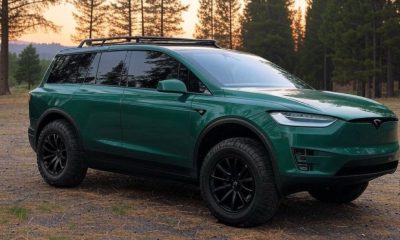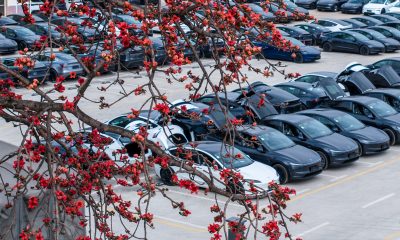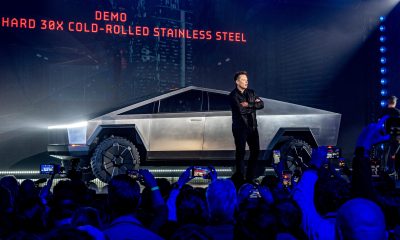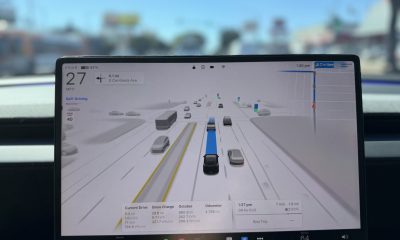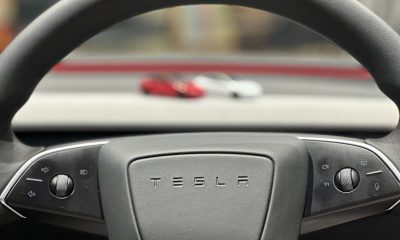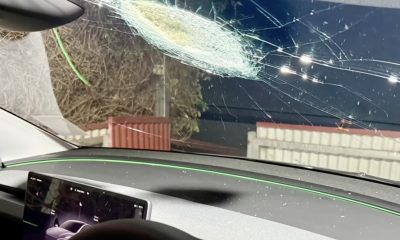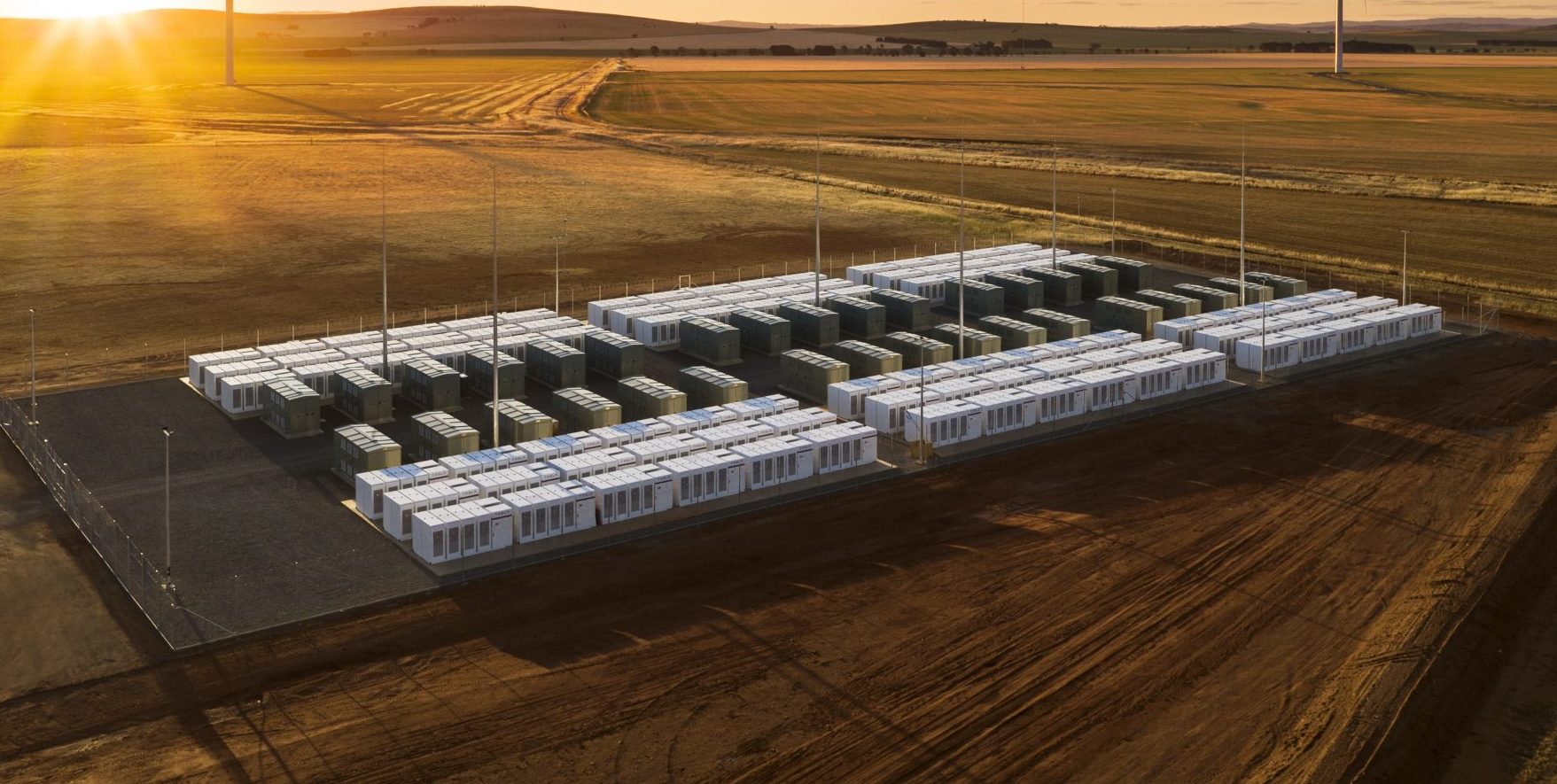
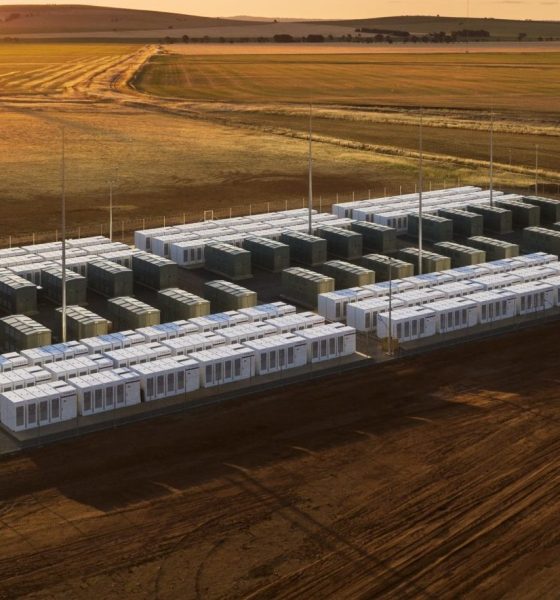
Energy
Tesla’s Powerpack battery farm starts killing fossil fuel backup plants in Australia
Since going online last year, Tesla’s Powerpack farm in South Australia has established a reputation for being a quick, clean, and efficient backup to the region’s beleaguered energy grid. As the big battery continues to prove its critics wrong, the Australian Energy Market Operator (AEMO) has announced that it would no longer be needing the services of several fossil fuel-powered plants, which supported the grid prior to the arrival of the Tesla Powerpack Farm.
AEMO’s recent initiative closes the page on a three-year-old requirement for 35 MW of Frequency Control Ancillary Services (FCAS) to be provided in South Australia during instances when the state’s grid is at risk of separating from the national grid, ensuring that the state’s grid could operate safely and securely by itself. In an announcement on Thursday, the AEMO acknowledged that the energy landscape in the region has changed during the past year.
“The operation of SA has changed significantly over the past 12 months. Synchronous unit requirements (for SA system strength) and the installation of the Hornsdale battery have ensured regulation FCAS is more readily available post-islanding of SA. Hence this requirement is no longer considered necessary,” AEMO noted.
Prior to the installation of the Tesla Powerpack farm, the local providers of FCAS turned the South Australian energy grid into a booming business. The providers, which utilize fossil fuel-powered plants, kept the price of FCAS in the state extremely high, rising nearly 100-fold to the market cap of $14,000/MWh. At one point, the cost of South Australia’s FCAS rose to around $6 million a day, and considering the strain on the region’s energy grid; the state ended up paying more than $100 million in 2016 and 2017.
The Tesla big battery, officially named as the Hornsdale Power Reserve, disrupted the market when it went online. With the Powerpack farm present, gas generators were unable to dictate the price of backup energy services. The battery farm also proved that it was quicker, more flexible, more accurate, and even more cost-effective than fossil fuel-powered plants.
The Powerpack farm’s capabilities were put to the test in late August, after twin lightning strikes resulted in the failure of two major transmission lines linking Queensland and New South Wales. The results of the lightning strikes were notable — the South Australia and Queensland grids were separated and there were widespread power losses in NSW, Tasmania, and Victoria. In South Australia, there was no loss of power, and no failure of generators due to the fast response of the Tesla Powerpack farm.
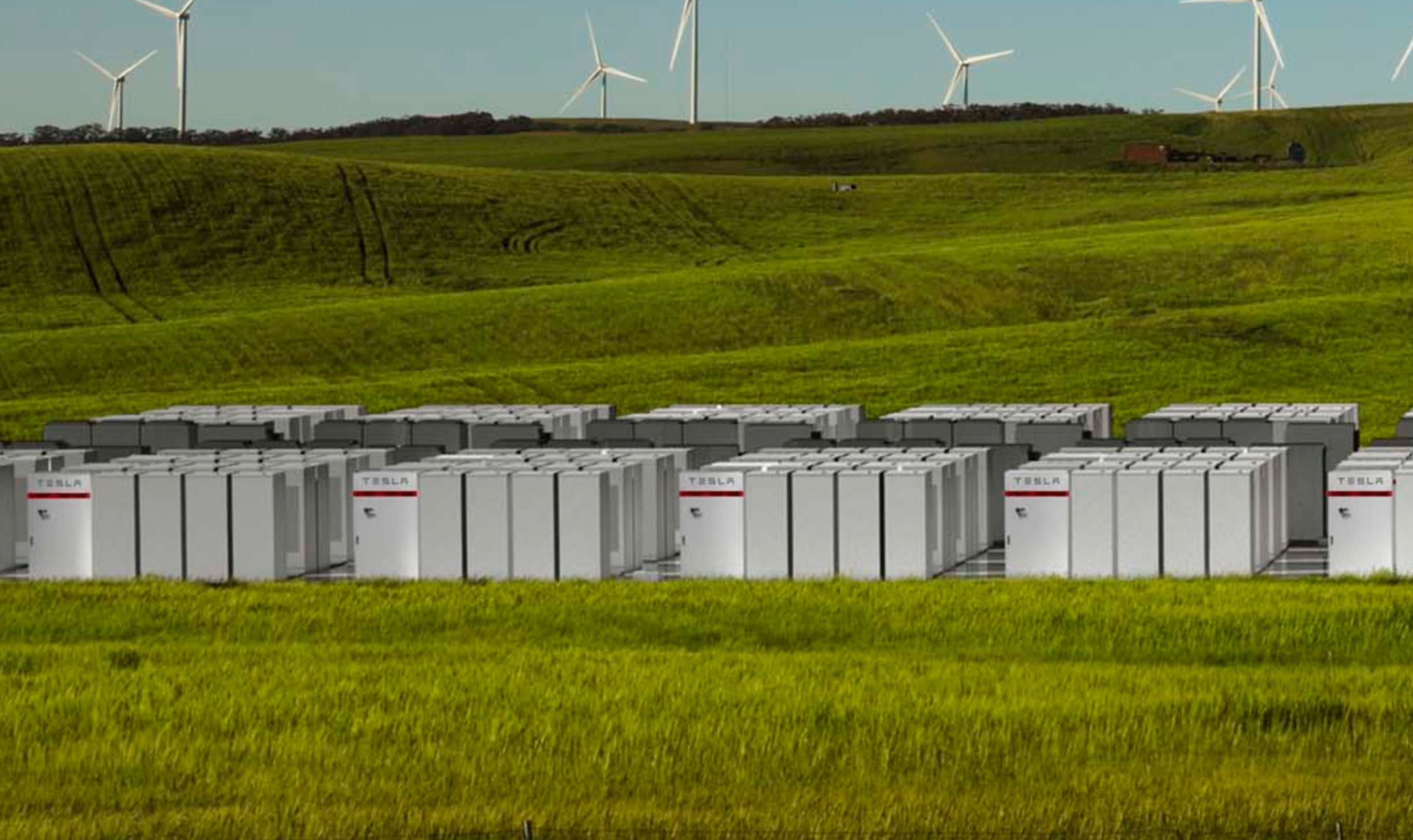
The feats of the Horsndale Power Reserve has triggered an energy movement in Australia, becoming the frontliner in AEMO’s contingencies against major faults and disturbances to the grid. New battery-based projects are currently underway in several other areas, such as Dalrymple North in South Australia, at the Ganawarra solar farm, and a Ballarat network junction in Victoria. In a statement to Renew Economy, Christian Schaefer, AEMO’s head of system capability, noted that the region’s move away from fossil fuel-powered backup plants is a step in the right direction.
“This is a good news story. The work that our engineers in the AEMO team have done shows that we can continue to operate South Australia in a stable and secure manner. Hornsdale has had a significant impact on the South Australia system, and we have got new batteries coming online with Victoria and South Australia. That is really positive. It shows that all parts of the industry — networks, generators, the renewable sector, battery providers and regulators — are getting behind this and showing an interest in what has been done,” he said.
Tesla Energy does not make as many headlines as the company’s electric car business, but the business is in a constant process of growth. In a recent statement, billionaire investor Ron Baron noted that he expects Tesla’s electric car and energy business to be equally worth $500 billion each by 2030. Tesla CTO JB Straubel, for his part, has previously teased that Tesla Energy is indeed going after backup peaker plants.
“I think what we’ll see is we won’t build many new peaker plants, if any. Already what we’re seeing happening is the number of new ones being commissioned is drastically lower, and batteries are already outcompeting natural gas peaker plants,” Straubel said.
Energy
Tesla VP hints at Solar Roof comeback with Giga New York push
The comments hint at possible renewed life for the Solar Roof program, which has seen years of slow growth since its 2016 unveiling.

Tesla’s long-awaited and way underrated Solar Roof may finally be getting its moment. During the company’s Q3 2025 earnings call, Vice President of Energy Engineering Michael Snyder revealed that production of a new residential solar panel has started at Tesla’s Buffalo, New York facility, with shipments to customers beginning in the first quarter of 2026.
The comments hint at possible renewed life for the Solar Roof program, which has seen years of slow growth since its 2016 unveiling.
Tesla Energy’s strong demand
Responding to an investor question about Tesla’s energy backlog, Snyder said demand for Megapack and Powerwall continues to be “really strong” into next year. He also noted positive customer feedback for the company’s new Megablock product, which is expected to start shipping from Houston in 2026.
“We’re seeing remarkable growth in the demand for AI and data center applications as hyperscalers and utilities have seen the versatility of the Megapack product. It increases reliability and relieves grid constraints,” he said.
Snyder also highlighted a “surge in residential solar demand in the US,” attributing the spike to recent policy changes that incentivize home installations. Tesla expects this trend to continue into 2026, helped by the rollout of a new solar lease product that makes adoption more affordable for homeowners.
Possible Solar Roof revival?
Perhaps the most intriguing part of Snyder’s remarks, however, was Tesla’s move to begin production of its “residential solar panel” in Buffalo, New York. He described the new panels as having “industry-leading aesthetics” and shape performance, language Tesla has used to market its Solar Roof tiles in the past.
“We also began production of our Tesla residential solar panel in our Buffalo factory, and we will be shipping that to customers starting Q1. The panel has industry-leading aesthetics and shape performance and demonstrates our continued commitment to US manufacturing,” Snyder said during the Q3 2025 earnings call.
Snyder did not explicitly name the product, though his reference to aesthetics has fueled speculation that Tesla may finally be preparing a large-scale and serious rollout of its Solar Roof line.
Originally unveiled in 2016, the Solar Roof was intended to transform rooftops into clean energy generators without compromising on design. However, despite early enthusiasm, production and installation volumes have remained limited for years. In 2023, a report from Wood Mackenzie claimed that there were only 3,000 operational Solar Roof installations across the United States at the time, far below forecasts. In response, the official Tesla Energy account on X stated that the report was “incorrect by a large margin.”
Energy
Tesla China’s Megafactory helps boost Shanghai’s battery exports by 20%: report
Located in the Lingang New Area of the Shanghai Free Trade Zone, the Tesla Megafactory has been running at full throttle since opening in February.
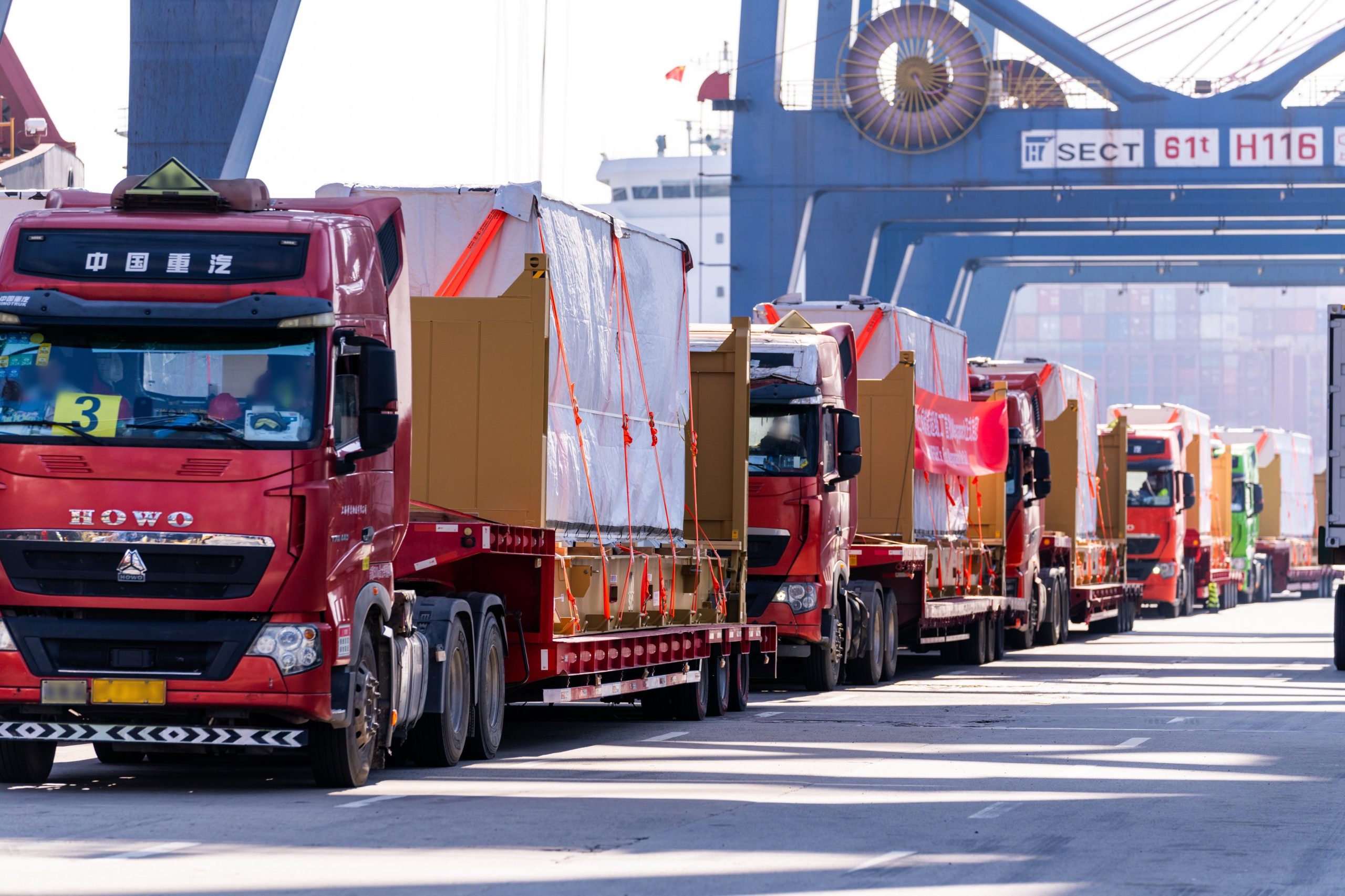
Reports from China have indicated that the Tesla Shanghai Megafactory has become a notable player in China’s booming battery export market.
Located in the Lingang New Area of the Shanghai Free Trade Zone, the Tesla Megafactory has been running at full throttle since opening in February. It produces Tesla Megapack batteries for domestic and international use.
Tesla Shanghai Megafactory
As noted in a report from Sina Finance, the Tesla Shanghai Megafactory’s output of Megapack batteries helped drive a notable rise in lithium battery shipments from the city in the first three quarters of 2025. This is quite impressive as the Megafactory is a rather young facility, though it has been steadily increasing its production capacity.
“The establishment of this benchmark factory has not only driven the rapid development of Shanghai’s energy storage industry but also become a new growth engine for foreign trade exports. Driven by the Tesla energy storage factory’s opening, Shanghai’s lithium battery exports reached 32.15 billion yuan ($4.5 billion) in the first three quarters, a 20.7% increase,” the publication wrote.
Ultimately, the Shanghai Megafactory has proved helpful to the city’s “new three” industries, which are comprised of new energy vehicles, lithium batteries, and photovoltaic systems. Exports of the “new three” products reached 112.17 billion yuan ($15.7 billion), a 6.3% year-over-year increase during the same period. The city’s total trade volume grew 5.4% year-over-year as well, with exports up 11.3%, driven largely by the clean energy sector’s performance.
Energy storage is helping Shanghai
Since opening in February, the Shanghai Megafactory has been firing on all cylinders. In late July, Tesla Energy announced that the new battery factory has successfully produced its 1,000th Megapack unit. That’s quite impressive for a facility that, at the time, had only been operational for less than six months.
Speed has always been a trademark of the Shanghai Megafactory. Similar to Tesla’s other key facilities in China, the Megafactory was constructed quickly. The facility started its construction on May 23, 2024. Less than a year later, the site officially started producing Megapack batteries. By late March 2025, Tesla China noted that it had shipped the first batch of Megapack batteries from the Shanghai plant to foreign markets.
Energy
Tesla recalls Powerwall 2 units in Australia
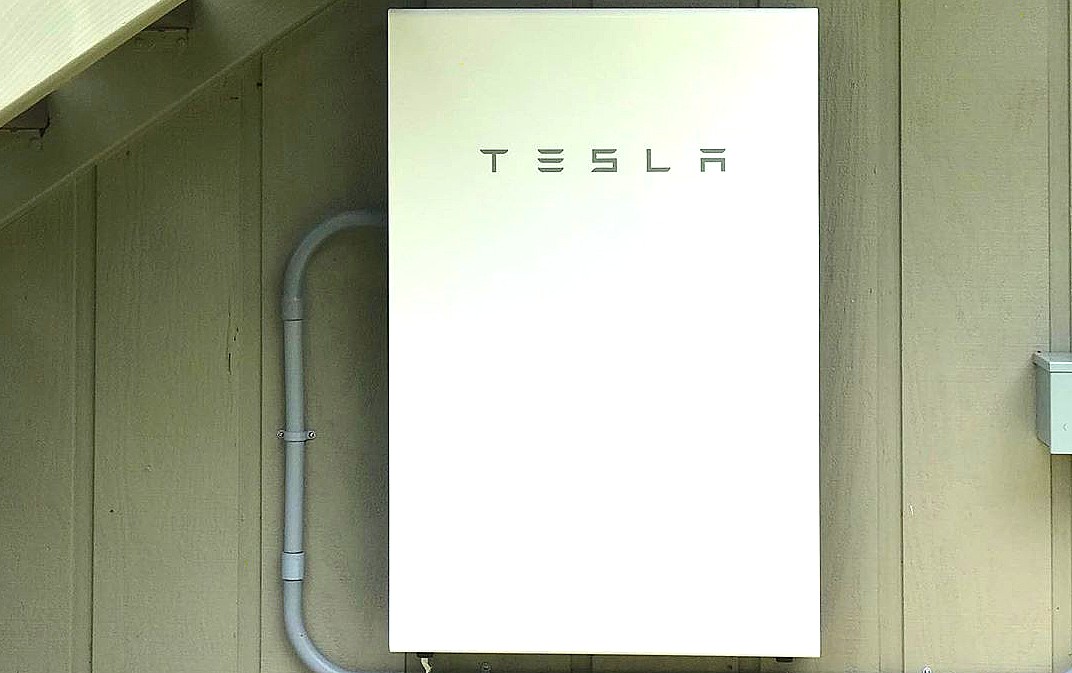
Tesla will recall Powerwall 2 units in Australia after a handful of property owners reported fires that caused “minor property damage.” The fires were attributed to cells used by Tesla in the Powerwall 2.
Tesla Powerwall is a battery storage unit that retains energy from solar panels and is used by homeowners and businesses to maintain power in the event of an outage. It also helps alleviate the need to rely on the grid, which can help stabilize power locally.
Powerwall owners can also enroll in the Virtual Power Plant (VPP) program, which allows them to sell energy back to the grid, helping to reduce energy bills. Tesla revealed last year that over 100,000 Powerwalls were participating in the program.
Tesla announces 100k Powerwalls are participating in Virtual Power Plants
The Australia Competition and Consumer Commission said in a filing that it received several reports from owners of fires that led to minor damage. The Australian government agency did not disclose the number of units impacted by the recall.
The issue is related to the cells, which Tesla sources from a third-party company.
Anyone whose Powerwall 2 unit is impacted by the recall will be notified through the Tesla app, the company said.
-

 Elon Musk2 weeks ago
Elon Musk2 weeks agoSpaceX posts Starship booster feat that’s so nutty, it doesn’t even look real
-

 Elon Musk2 weeks ago
Elon Musk2 weeks agoTesla Full Self-Driving gets an offer to be insured for ‘almost free’
-

 News2 weeks ago
News2 weeks agoElon Musk confirms Tesla FSD V14.2 will see widespread rollout
-

 News2 weeks ago
News2 weeks agoTesla is adding an interesting feature to its centerscreen in a coming update
-

 News2 weeks ago
News2 weeks agoTesla launches new interior option for Model Y
-

 News2 weeks ago
News2 weeks agoTesla widens rollout of new Full Self-Driving suite to more owners
-

 Elon Musk2 weeks ago
Elon Musk2 weeks agoTesla CEO Elon Musk’s $1 trillion pay package hits first adversity from proxy firm
-

 News1 week ago
News1 week agoTesla might be doing away with a long-included feature with its vehicles


